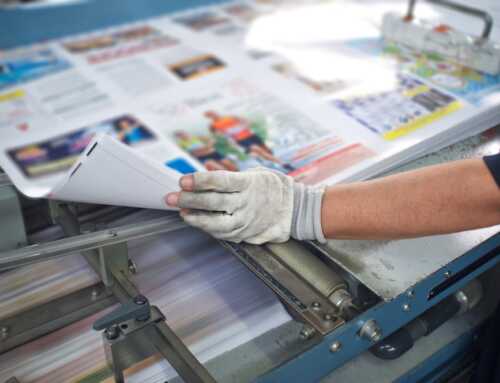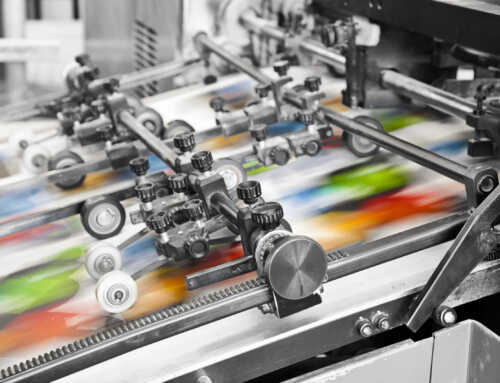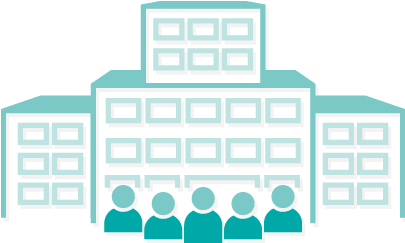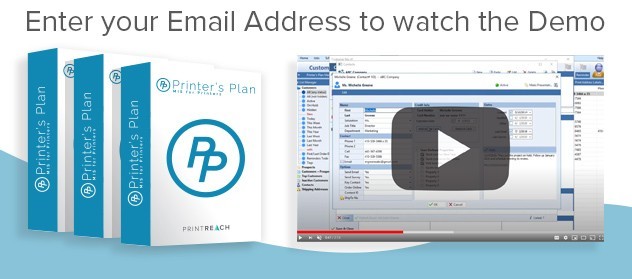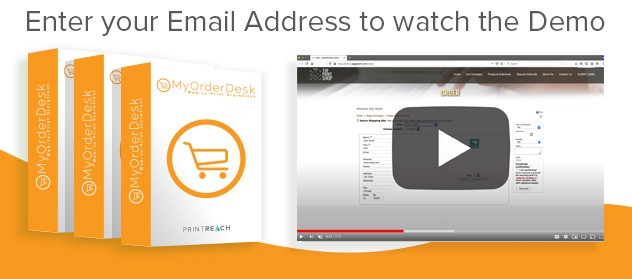In an effort to save money, many print and mail shops are foregoing the purchase of a print and mail management information system (MIS), delaying upgrading their system, or migrating to one that better meets their needs. The question arises, “What can an MIS do that I can’t?” The answer is many, many things, all of which increase productivity, reduce costs and boost the bottom line. In fact, some experts believe that a print and mail MIS is necessary for survival in today’s marketplace as well as for success.
Here are the top 10 reasons why you need a print and mail MIS:
- Improved Job Estimation. Sometimes you lose money before a job even starts because not all of the resources needed to complete the order were taken into account when it was priced. An effective and powerful MIS system will include a job estimation module that delivers accurate results.
- Increased Productivity. One critical feature of any MIS system is the ability to schedule both people and machines, maximizing utilization of all resources. Avoid ones that do not allow you to view schedules by machines, as they will not provide all of the information you need to make sound operational decisions.
- Better Inventory Management. Any non-automated inventory management system is ineffective and costs both time and money when critical supplies run low. A powerful MIS should track in-house, custom and client inventory, flagging you when items are running low but before they reach critical levels.
- Improved Cost Tracking. An effective print and mail MIS takes the guesswork out of costs. With this type of system, you will know exactly what a project cost, what it was billed at, and your profit margin.
- Postage Accounting. For mail shops, allocating postage to the appropriate accounts can be time-consuming and difficult. An MIS system relieves this burden, resulting in happier customers and lower staffing costs.
- Improved Communications. MIS systems, such as Midnight Print and Mail MIS, have intuitive dashboards that keep everyone in the office on the same page. With real-time updates, everyone from accounting personnel to the floor shop staff knows what’s happening, from the day’s priorities to the status of a specific job.
- Faster Billing. With an MIS system, a completed project can be billed immediately or as soon as the client approves it, depending on the project designation in the system. Either way, the accounting department doesn’t need to wait for paperwork to prepare the bill. In addition, most MIS systems allow you to customize bills to meet the expectations of specific clients.
- Accurate Information. Decision makers can receive reports on whatever information they need, including productivity levels of a specific employee or machine, or year-to-year data comparisons, and so much more. All with the click of a button. This alone saves time and money and results in fewer mistakes than reports generated by hand.
- Increased Flexibility. Many MIS systems allow you to link to other existing programs through integration options. This lets you keep the accounting, postage, and other systems you know and love, but link them to your MIS. These systems work together and eliminate the need to log in to each separate program.
- Improved Access. With cloud-based MIS packages, such as Midnight Print and Mail MIS, anyone with permission can access the software from anywhere and on any device. This allows the sales staff to access the order estimator in the field or the owner to check statuses while on vacation. Without this system, everyone is left in the dark, struggling to find the answers they need.
This list highlights only a few of the reasons why you really need a Print and Mail MIS to reduce costs, manage information and integrate programs to achieve great results. This is why most print and mail shop owners experience an excellent return on investment (ROI) when implementing an MIS, and the benefits continue long after it is achieved.
Given this information, the question isn’t really do you need a print and mail MIS, but why haven’t you already implemented one?






